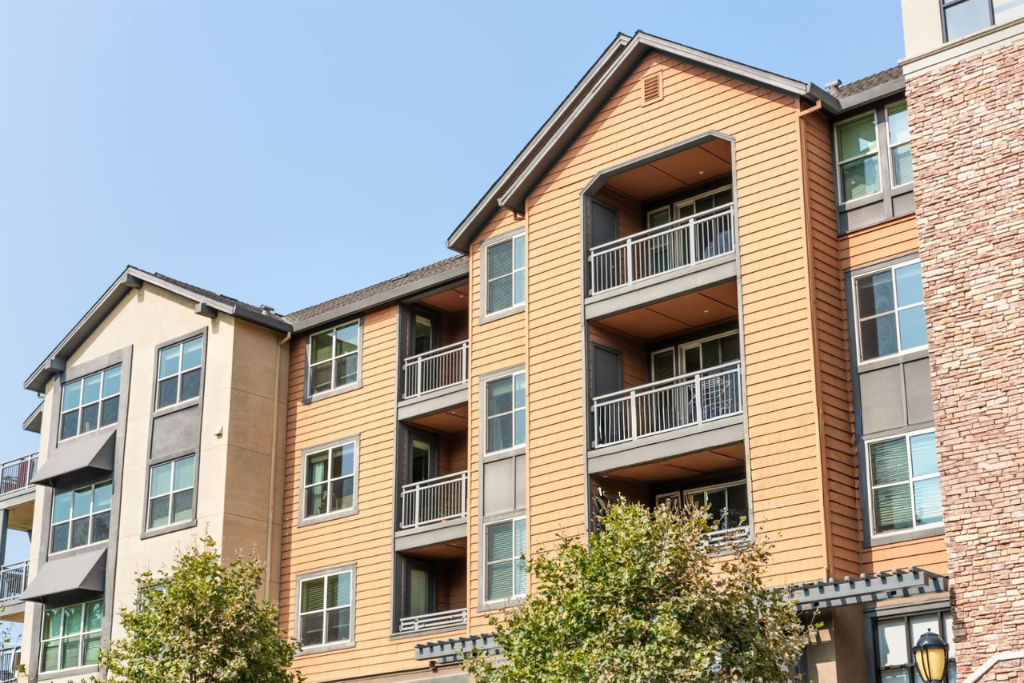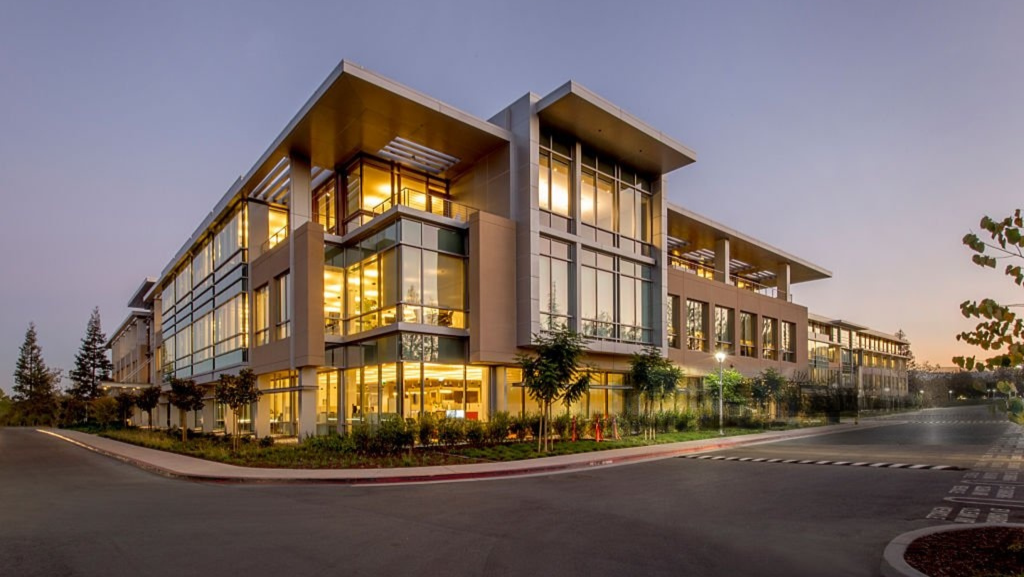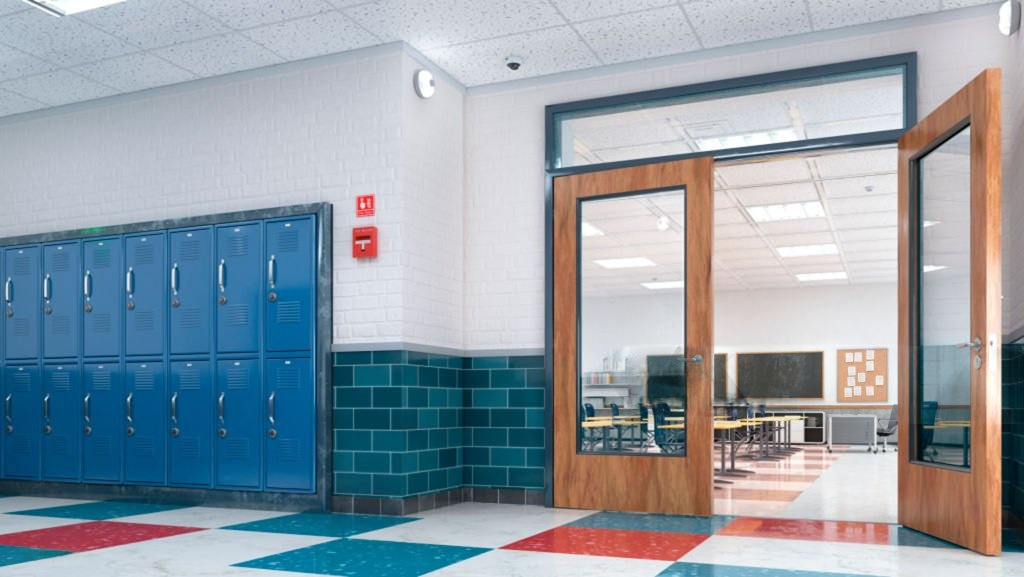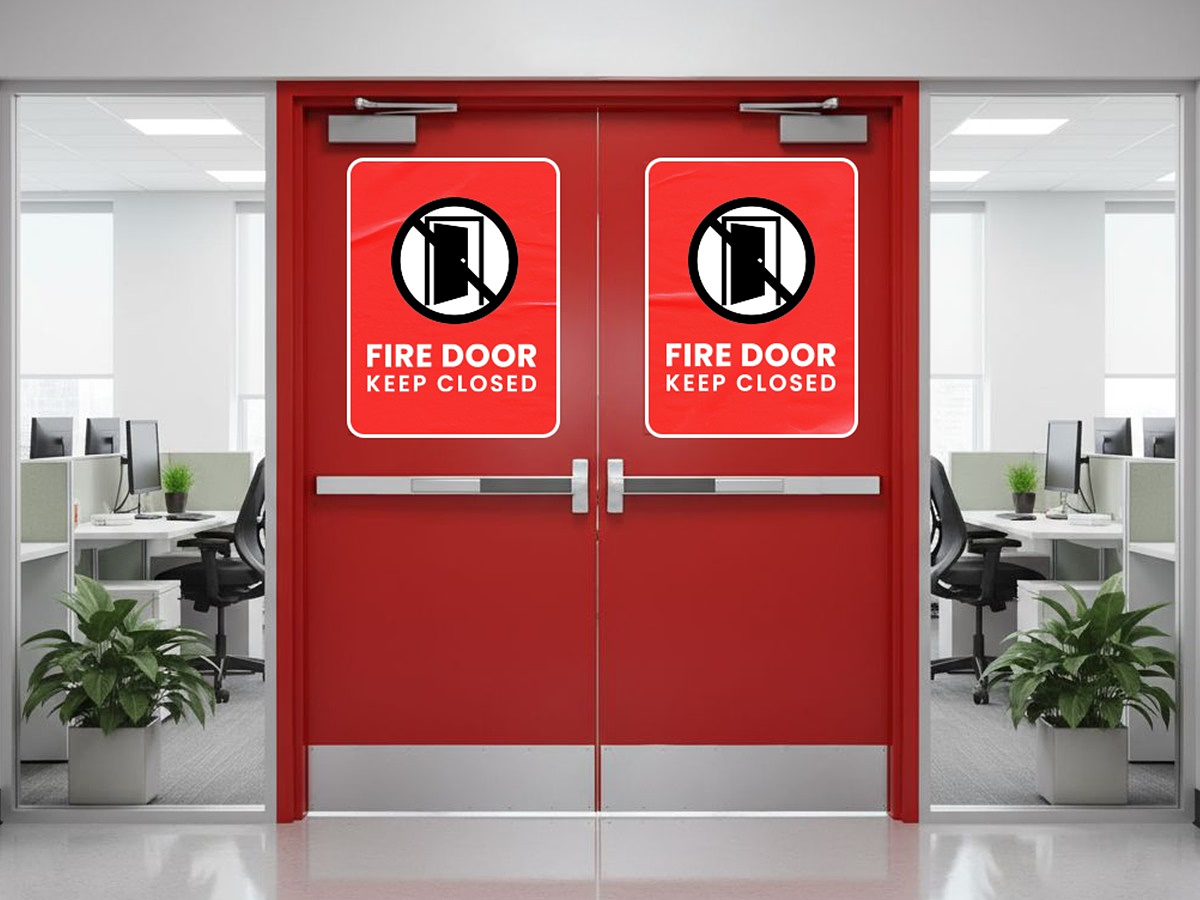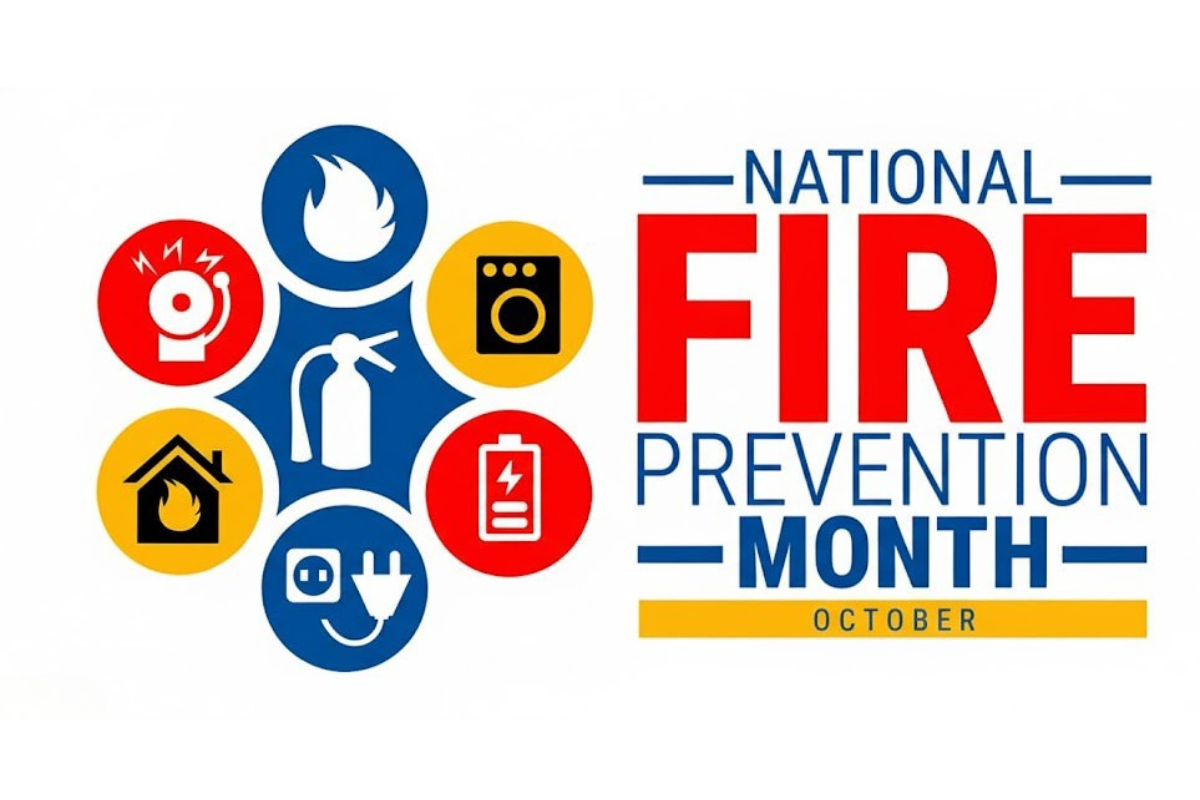Fire Safety Week is Ending: Why Fire Prevention Should Be a Year-Round Priority for Building Managers
Tips to Prevent Fires in Commercial Buildings
Fire prevention starts with proactive steps to minimize risks. Here are five essential tips:
- Maintain Clear Exits: Always keep emergency exits unobstructed. Regularly inspect and clear hallways, stairwells, and exits.
- Monitor Electrical Equipment: Electrical systems and equipment are common sources of fires in commercial buildings. Regularly inspect wiring, outlets, and electrical appliances for signs of wear, and replace damaged equipment promptly.
- Properly Store Flammable Materials: If your building handles flammable substances (e.g., chemicals, paper, or fuel), ensure that these materials are stored safely and far from heat sources. Provide proper ventilation and signage in storage areas.
- Train Employees in Fire Safety: Educating employees on fire prevention and response is critical. Conduct regular fire drills, teach the proper use of fire extinguishers, and ensure everyone knows the evacuation routes and assembly points.
- Install and Maintain Fire Alarms and Sprinklers: Ensure that fire life safety systems, such as fire alarms and sprinklers, are installed and in good working order. Regular inspections and maintenance help detect malfunctions early, reducing fire risks.
Essential Fire Safety Inspections: Ensuring Compliance and Safety
Fire safety compliance involves regular inspections to confirm that safety systems are fully functional and adhere to legal requirements. Here are three important inspections to prioritize:
- Fire Sprinkler System Inspections: Sprinklers are essential for containing fires in their early stages. Inspections should confirm that the sprinklers are not blocked, corroded, or otherwise damaged.
- Fire Alarm Inspections: Fire alarms are your first line of defense, providing early warnings of fire hazards. Regular testing ensures that detectors are responsive and the alarm system is connected to emergency services.
- Fire Extinguisher Inspections: Make sure fire extinguishers are placed in accessible locations, are properly labeled, and are fully charged. Extinguishers should be inspected regularly to verify that they are ready for use.
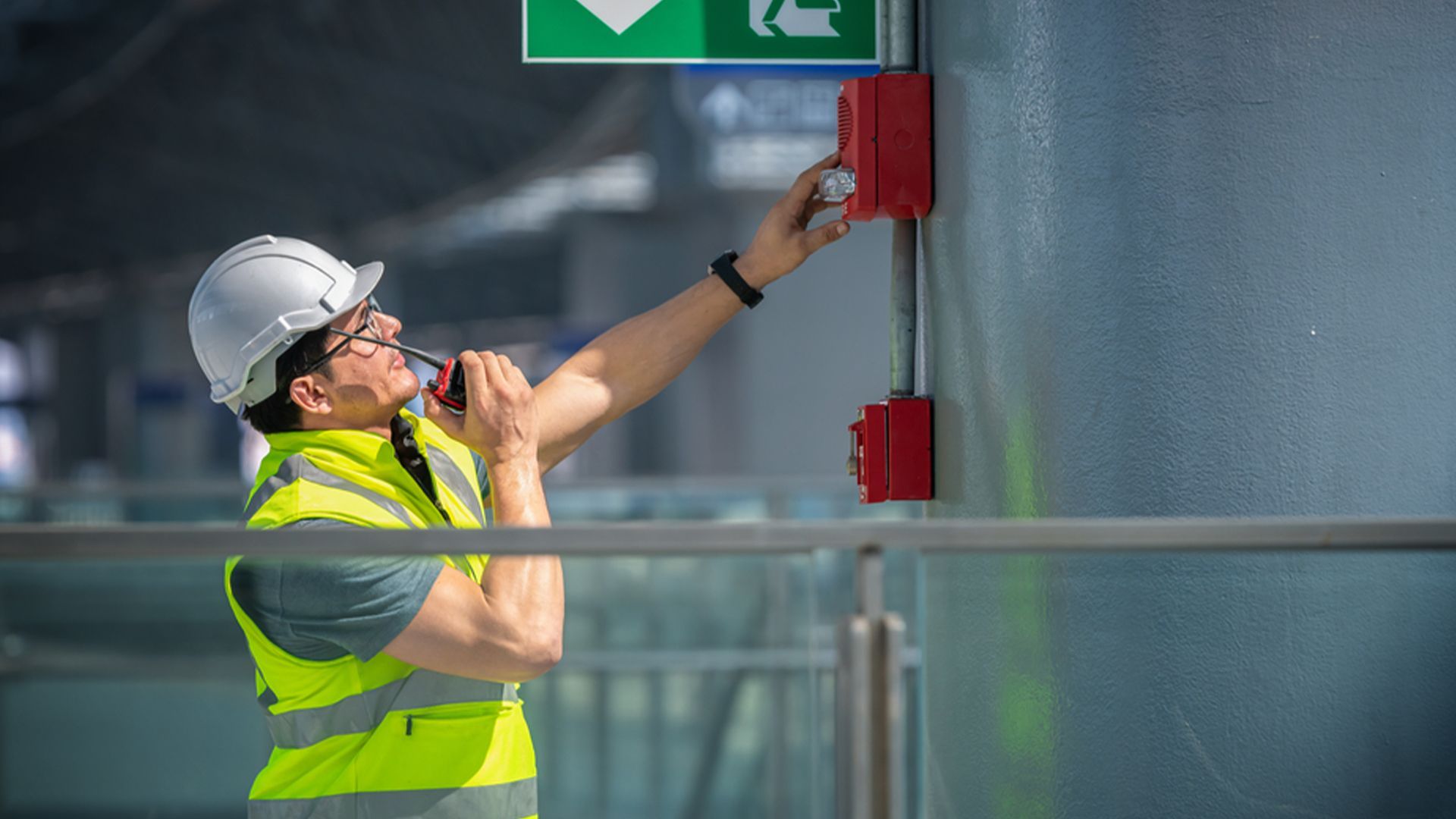
Inspect Electrical Wiring
Electrical wiring is a common culprit in fire outbreaks, making regular inspections crucial to fire prevention. Here are four key points to consider:
- Look for Frayed Wires: Over time, wiring can become worn or damaged, which can lead to sparks and fires. Frayed or exposed wires should be replaced immediately.
- Avoid Overloading Circuits: Plugging too many devices into a single outlet can overload circuits, increasing the risk of overheating and fire. Make sure electrical loads are distributed properly.
- Inspect Electrical Panels: Ensure that electrical panels are well-maintained, labeled, and accessible. Overheating or faulty panels can quickly cause fires.
- Use Certified Electricians for Repairs: Always use licensed electricians to handle electrical repairs and maintenance. Improperly installed wiring can be a serious fire hazard.
Install Spark Arrestors
Spark arrestors are crucial devices that prevent sparks from igniting flammable materials, especially in areas where fire hazards are high. Here’s why they are important:
- Prevent Roof Fires: Chimney spark arrestors can stop hot embers from landing on roofs or nearby structures, reducing the risk of fire.
- Protect Industrial Areas: In industrial buildings that use heavy machinery or welding equipment, spark arrestors help prevent fires caused by stray sparks.
- Easy to Install: Spark arrestors are relatively simple to install and maintain, offering an affordable and effective way to reduce fire risks.
Know Your Local Emergency Numbers
In Southern California, including Orange County, knowing the appropriate emergency numbers is crucial for a quick response during a fire emergency. While 911 is the standard emergency number in the U.S., building managers should also be aware of local fire department hotlines or non-emergency numbers for fire prevention inquiries.
For Orange County, the
Orange County Fire Authority (OCFA)
is responsible for fire protection services. Building managers should have the following numbers on hand:
OCFA Emergency
Dial 911 for immediate fire emergencies.
OCFA Non-Emergency:
For non-emergency fire-related questions or services, contact OCFA at 714-573-6000.
Stay Informed About Fire Season
In Southern California, fire season can be especially dangerous due to dry conditions and strong winds. Building managers should stay informed about fire risks during the fire season, typically from May to October. Pay attention to local fire advisories, ensure that fire prevention systems are ready, and reduce outdoor fire hazards by clearing dry vegetation near your property.


